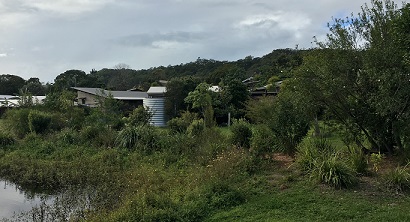
Learn to develop urban and rural landscapes that are environmentally friendly and enhance human health and well-being
Landscapes influence our well-being in subtle ways. The presence or
absence of green spaces and patterns which replicate those found in
nature may have a profound and positive effect on human health.
Biophilic design embraces nature and aims to help human health and the
environment through the incorporation of green spaces and natural
harmonies.